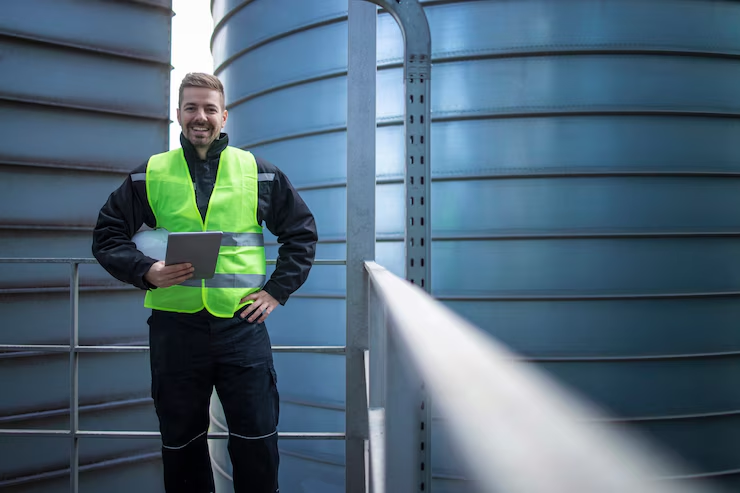Start a Box Truck Business: Your Road to Profits
Hook
Did you know the box truck market is projected to surpass $12 billion by 2030? If you’re looking to break into the logistics game with low overhead and high demand, starting a box truck business could be your smartest move yet.
How to Start a Box Truck Business in 2024: A Step-by-Step Guide
Whether you’re eyeing Amazon Relay contracts or local delivery routes, a box truck business can be a lucrative venture. Let’s break down what it takes.
What Is a Box Truck Business?
A box truck business uses medium-duty trucks (typically 14–26 feet) to transport goods for clients. This includes:
- Last-mile deliveries for e-commerce companies
- Local freight hauling
- Moving services
- Business-to-business logistics
Popular platforms like Amazon Relay, DAT Load Board, and Uber Freight connect box truck owners with shippers in need.
Step 1: Choose Your Niche
Decide how you’ll use your box truck:
- Final-mile delivery: Work with retailers like Amazon or Walmart.
- Freight hauling: Partner with freight brokers or tap into load boards.
- Moving services: Serve residential or commercial clients.
- Hot shot trucking: Handle urgent small-load deliveries.
Choosing a niche helps define your pricing, equipment needs, and legal setup.
Step 2: Get Legal and Compliant
Here are the key legal steps:
Register Your Business
- Choose a business structure (LLC, sole proprietorship, etc.)
- Get an EIN (Employer Identification Number)
Get a DOT and MC Number
- Register with the FMCSA (Federal Motor Carrier Safety Administration)
- Apply for a USDOT number and, if hauling interstate, an MC number
Commercial Insurance
Protect your cargo, truck, and liability:
- General liability insurance
- Cargo insurance
- Physical damage coverage
- Non-trucking liability (if you’re leasing your truck)
Step 3: Purchase or Lease a Box Truck
Types of Box Trucks
- 16-foot (good for city deliveries)
- 24-foot (great for larger freight or moving jobs)
- Refrigerated box trucks (for food & perishables)
Tip: Start used to save on costs — just ensure it meets DOT standards.
| Truck Size | Use Case | Avg. Cost (Used) |
| 16 ft | Local deliveries | $15,000–$25,000 |
| 24 ft | Freight & moving | $25,000–$40,000 |
| Reefer | Perishables & groceries | $35,000–$60,000 |
Step 4: Find Loads and Clients
Here’s where the money is:
Use Load Boards
- DAT
- TruckStop
- 123LoadBoard
Sign Up with Platforms
- Amazon Relay
- GoShare
- Courier services in your region
Direct Outreach
- Partner with local businesses
- Contact freight brokers
- Offer last-mile delivery for retailers
Step 5: Optimize Your Operations
To grow sustainably:
Track Expenses and Income
Use tools like QuickBooks or TruckLogics to manage P&L.
Invest in Fleet Management Tech
- GPS tracking
- Route optimization
- ELD compliance apps (for hours of service tracking)
Market Your Services
- Build a simple website
- Claim your Google Business profile
- Use Facebook ads to target local businesses
Real-Life Case Study: From One Truck to a Six-Figure Business
Marcus T., Atlanta, GA
Started with one 24-ft box truck doing Amazon Relay routes. Within 18 months, it scaled to 4 trucks, hired two drivers, and landed contracts with two local furniture stores. Key to his growth? “I treated it like a real business from day one and reinvested my profits.”




Post Comment